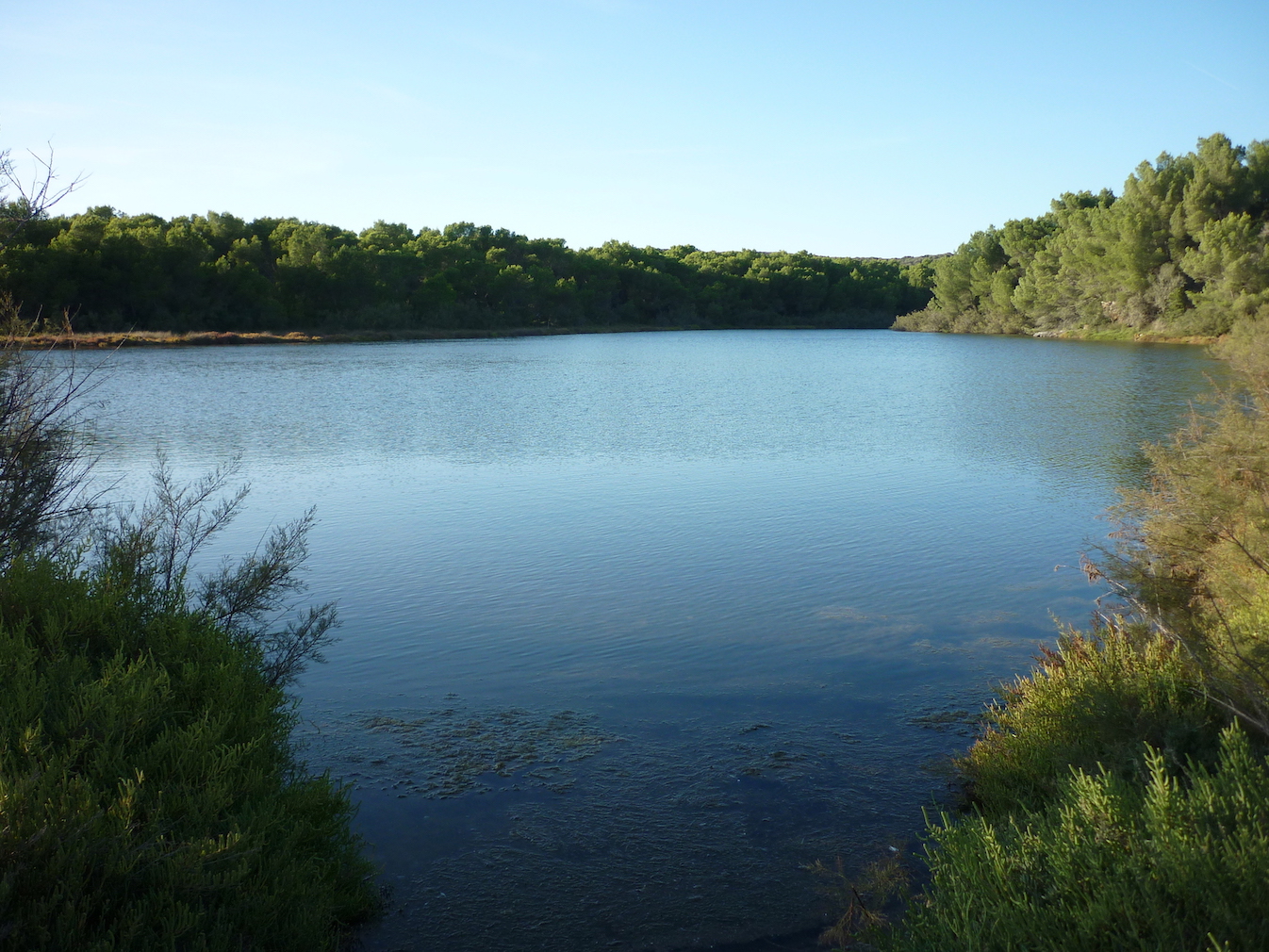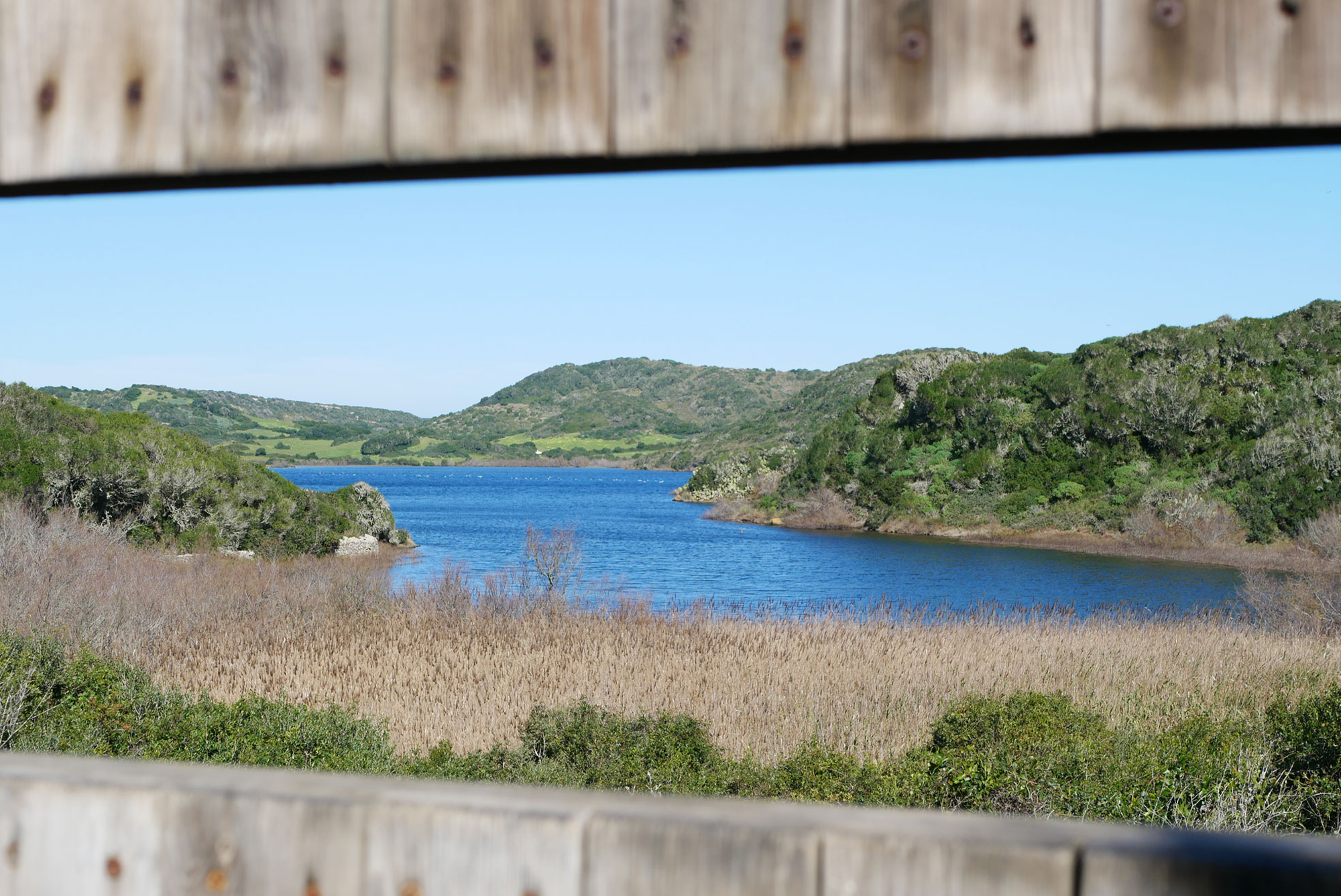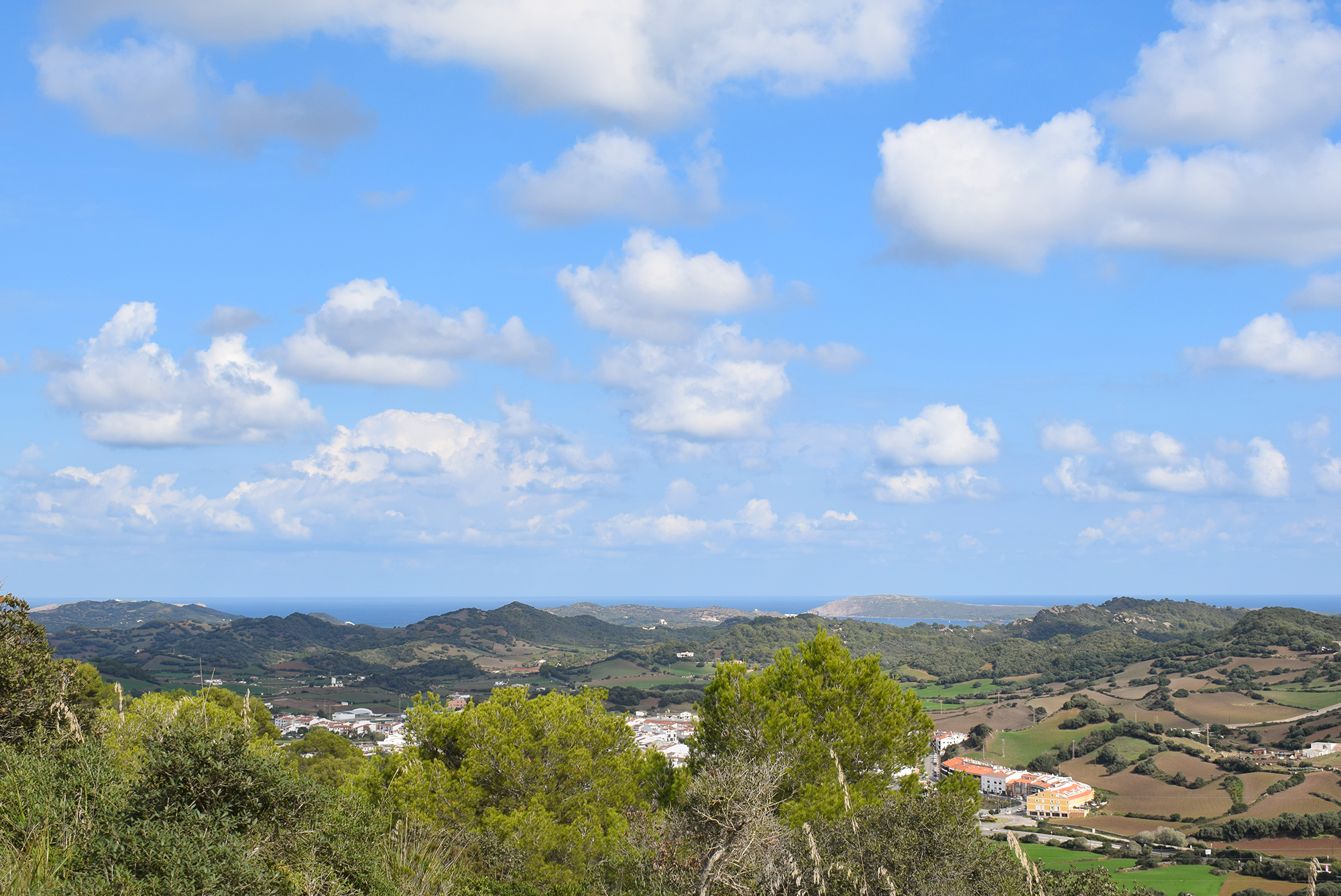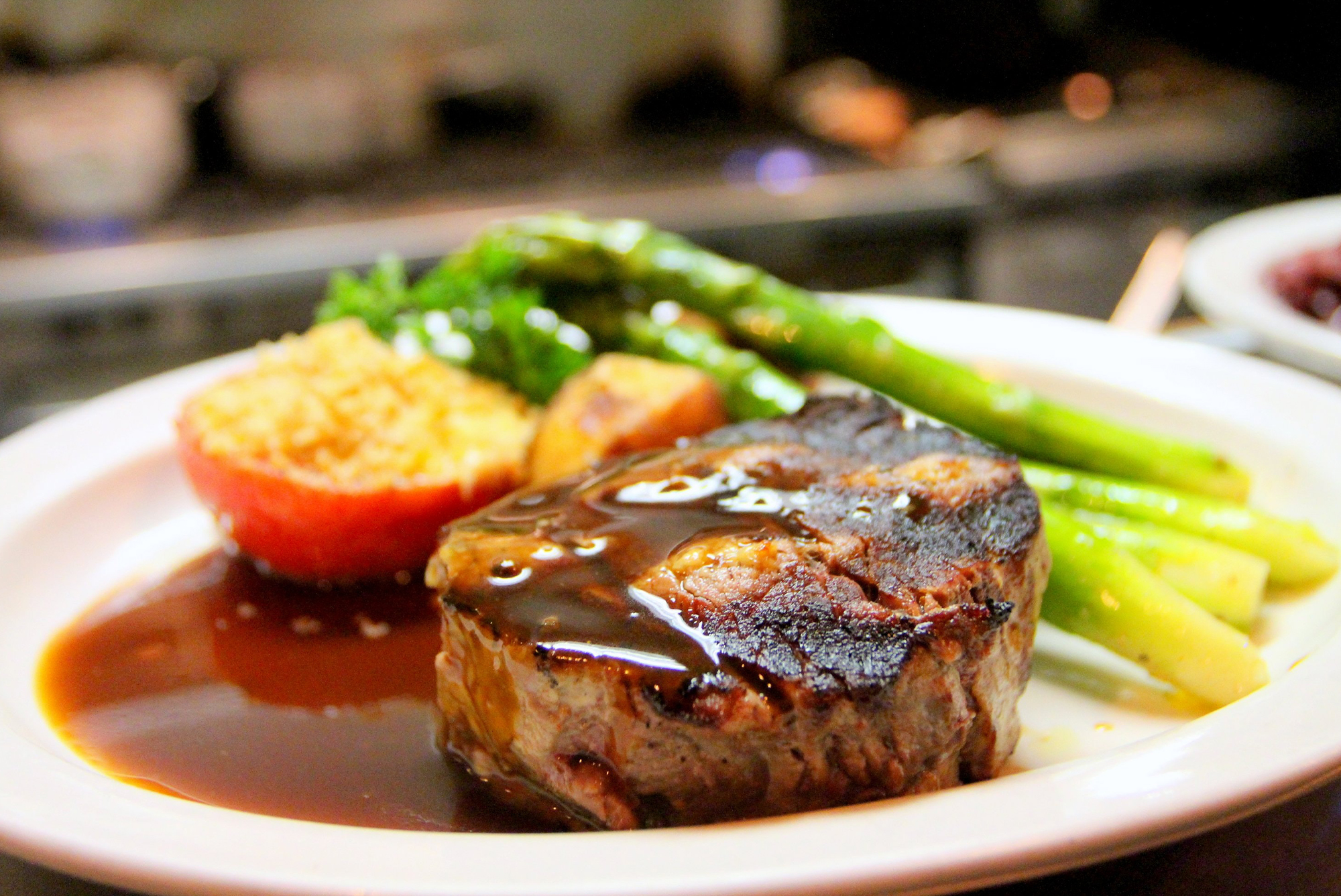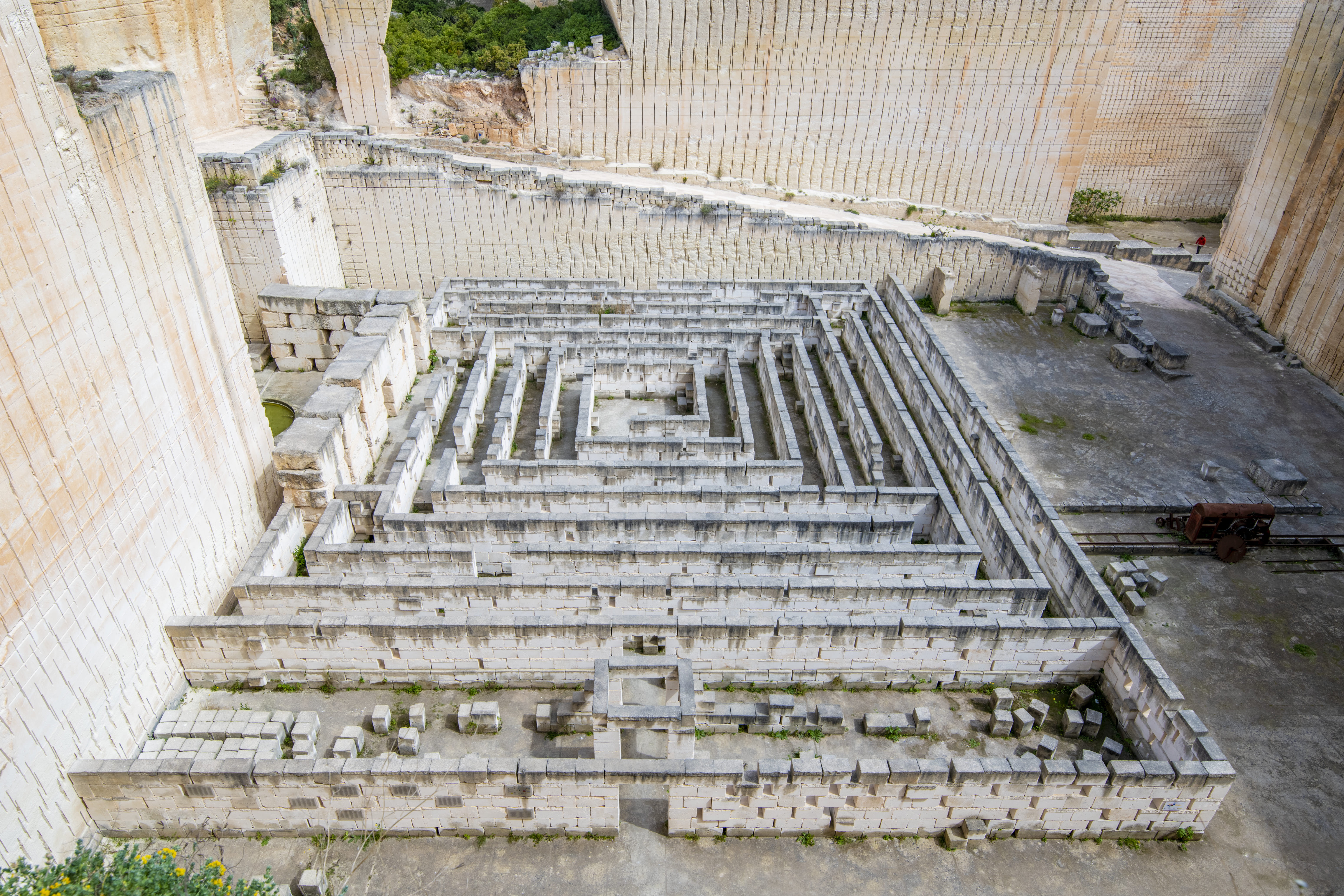In DiscoveryMenorca we always like to be able to offer different ways of getting to know the Island. We have started our blog with a description of three interesting routes through the Albufera des Grau, a nature park of 5,006 hectares situated in the north of Menorca, an example that shows us that Menorca is considered a Biosphere Reserve island. Created in 1995 as a response to years of the public calling for the protection of this area, it now has five nature reserves that include especially sensitive areas such as the Bassa de Morella, the island of Colom, the islands of Addaia, Es Prat and s’Estany.
The park has several wetlands, a coastline with cliffs and beaches, small islands, a marine area, woods and agricultural land. Over the next few months we are going to describe the three permitted routes which are easy going and adapted for people with mobility difficulties and wheelchairs can be provided if booked a few weeks in advance.

FIRST ITINERARY: Sa Gola (1.7 km)
This route is named after the channel that connects the Albufera des Grau with the sea. It begins south of the Es Grau football field car park on the right hand side by a wild olive barrier. You immediately go over a stone bridge that crosses the canal from where you will see the floodgates that regulate the flow of water. It was previously used for fishing purposes but now the flow is regulated to conserve the lagoon.
 After the bridge, you go over a wooden walkway that protects the Salicornia, a type of plant adapted to the changes in the level of water and salt. During the walk you can see Saxifrage (Arthrocnemum fruticosum), White Ash (Halimione portulacoides), Lemon (Limonium ferulaceum) and Golden Samphire (Inula crithmoides).
After the bridge, you go over a wooden walkway that protects the Salicornia, a type of plant adapted to the changes in the level of water and salt. During the walk you can see Saxifrage (Arthrocnemum fruticosum), White Ash (Halimione portulacoides), Lemon (Limonium ferulaceum) and Golden Samphire (Inula crithmoides).
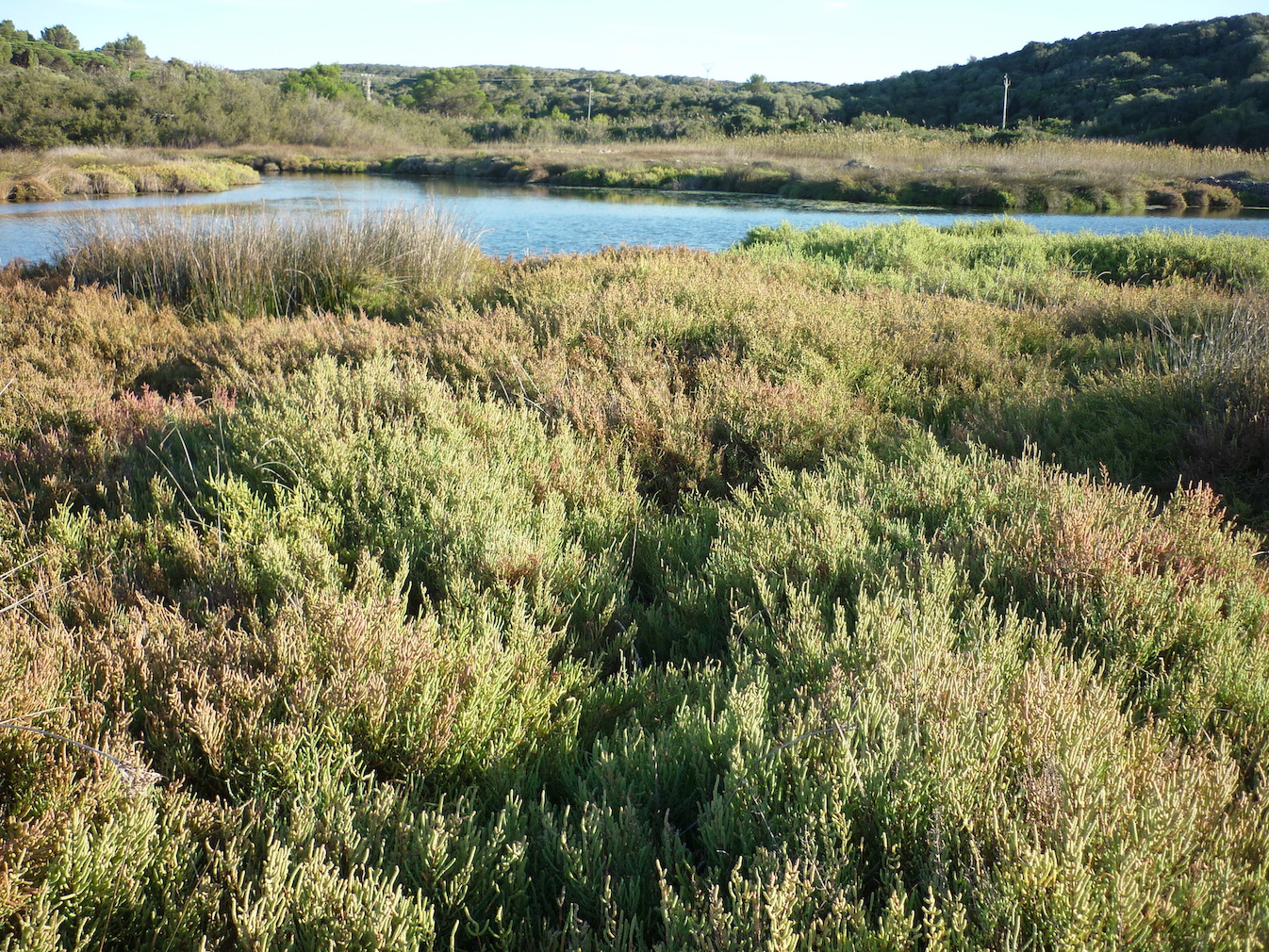 If you follow the sign to the viewpoint, you will come to a short but steep climb where you can enjoy an exceptional panoramic view of the Albufera to the west, the sand dunes to the north and Sa Bassa Salada. Sa Bassa Salada is cut off from the Albufera and some summers the water turns red due to the presence of bacteria.
If you follow the sign to the viewpoint, you will come to a short but steep climb where you can enjoy an exceptional panoramic view of the Albufera to the west, the sand dunes to the north and Sa Bassa Salada. Sa Bassa Salada is cut off from the Albufera and some summers the water turns red due to the presence of bacteria.
 On the way back from the viewpoint you will be able to see a system of traditional fishing pens, built of dry stone. Next, the path passes through the sand dunes held in place by vegetation. You can see shrubs such as Juniper (Juniperus phoenicea subsp. Turbinata), Privet (Rhamnus alaternus) and some young Oak (Quercus ilex). You can also see birds such as the Common Finch (Fringilla coelebs), the Common Turtledove (Streptopelia turtur) and the Great Tit (Parus major).
On the way back from the viewpoint you will be able to see a system of traditional fishing pens, built of dry stone. Next, the path passes through the sand dunes held in place by vegetation. You can see shrubs such as Juniper (Juniperus phoenicea subsp. Turbinata), Privet (Rhamnus alaternus) and some young Oak (Quercus ilex). You can also see birds such as the Common Finch (Fringilla coelebs), the Common Turtledove (Streptopelia turtur) and the Great Tit (Parus major).
Following the route that takes us to the beach, we come to the dunes closest to the sea, towards the Bol Llarg where there are plants that are perfectly adapted to live on a sandy soil and lose water easily. Some examples which we will come across are the sea lily (Pancratium maritimum), the sea thistle (Eryngium maritimum), and grasses (Elymus farctus) and (Ammophila arenaria).
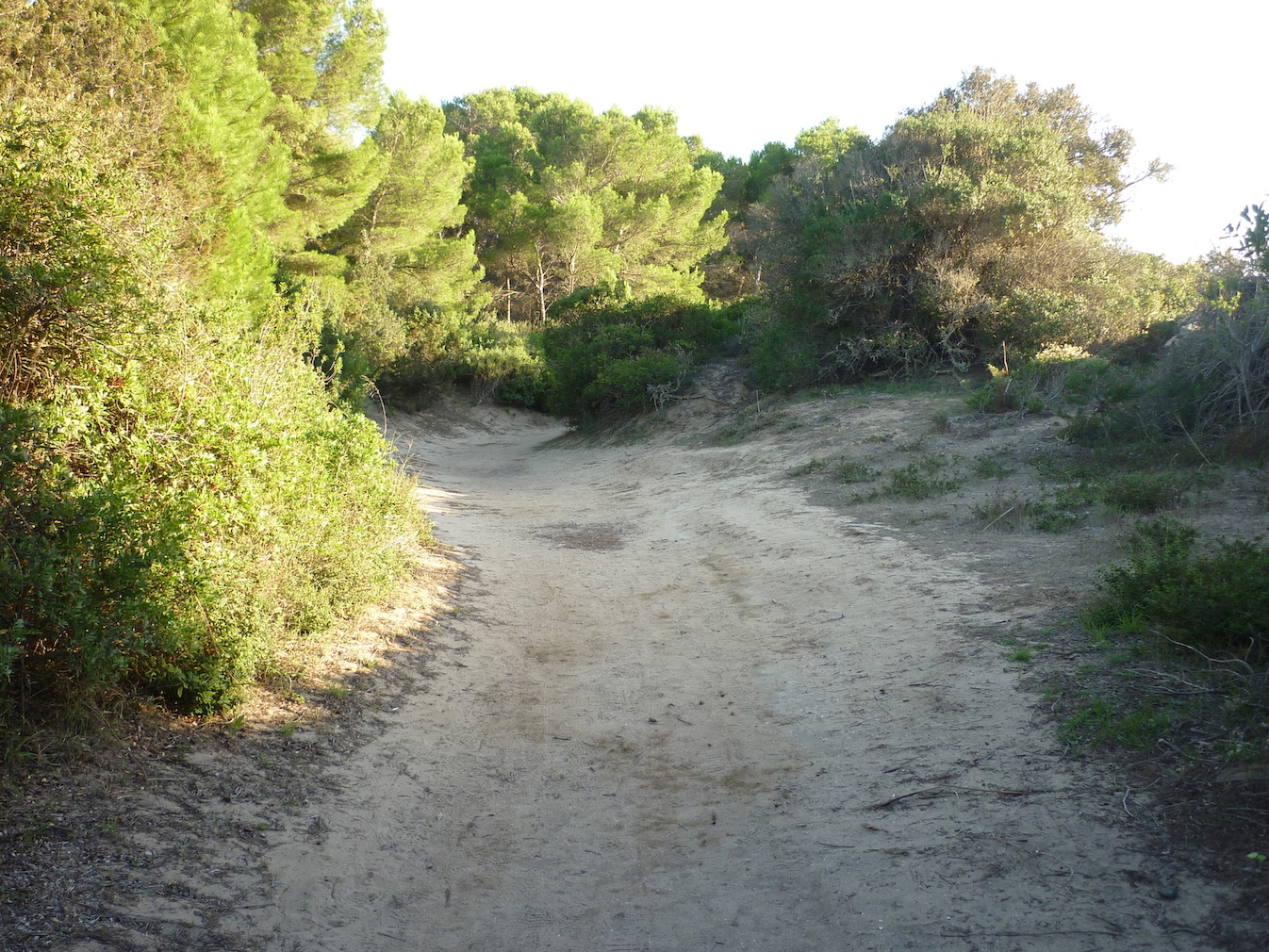 Now in the sea area of the park, at the end of the tour, we can see the sea grasses that are essential to protect the beaches from storms. From here we can return along the beach to the village of Es Grau, a residential area that preserves the essence of Menorca.
Now in the sea area of the park, at the end of the tour, we can see the sea grasses that are essential to protect the beaches from storms. From here we can return along the beach to the village of Es Grau, a residential area that preserves the essence of Menorca.
 Difficulty: Low
Difficulty: Low
Distance: 1.70 km
Duration: 45 mins



